What is the Retina?
The retina is a thin layer of tissue at the back of your eye that helps you see. It acts like the film in a camera, capturing light and sending visual information to your brain through the optic nerve. The central part of your retina, called the macula, is responsible for sharp, detailed vision, like when you read or recognize faces. Understanding the retina’s role is key to knowing how important it is to take care of your eye health!
Common Retinal Conditions
Several conditions can affect the retina, leading to vision problems. Some of the most common include:
Age-related Macular Degeneration (AMD) – A condition that causes damage to the macula, leading to central vision loss.
Diabetic Retinopathy – A complication of diabetes that affects the blood vessels in the retina, potentially causing vision loss.
Retinal Detachment – When the retina separates from the back of the eye, requiring urgent medical attention.
Vein Occlusion – A blockage in the blood vessels of the retina that can lead to vision loss.
Epiretinal Membrane (ERM), Vitreomacular Traction (VMT), and Macular Hole – Conditions affecting the macula that can cause blurry or distorted vision.
Retinitis Pigmentosa and Heredomacular Dystrophies – Genetic disorders that cause progressive vision loss.
Retinopathy of Prematurity – A condition that affects premature infants due to abnormal retinal blood vessel growth.
Diagnostic Tests
To identify retinal issues, doctors use advanced diagnostic tests, including:
OCT (Optical Coherence Tomography) – A scan that provides detailed images of the retina to detect abnormalities.
Fundus Photography with Autofluorescence – Captures images of the retina to track changes over time.
Fluorescein Angiography – Uses a special dye to examine blood flow in the retina.
B-Scan Ultrasound – Helps evaluate the retina in cases where standard examination is difficult.
Treatment Options
Retinal conditions require specialized treatments to prevent further vision loss and improve eye health. Depending on the diagnosis, the following options may be recommended:
Laser Therapy – Used to treat conditions like diabetic retinopathy and retinal tears.
Injections – Medications injected into the eye to treat macular degeneration, diabetic retinopathy, and vein occlusions.
Vitreoretinal Surgery – A surgical procedure to repair retinal detachments, macular holes, and other severe retinal conditions.
Preventative Care and Lifestyle Tips
Taking care of your retina can help prevent many eye conditions. Some steps to maintain good eye health include:
Eating a diet rich in leafy greens, fish, and nuts to support retina health.
Managing conditions like diabetes and high blood pressure to reduce the risk of retinal damage.
Getting regular eye check-ups to detect and treat issues early.
At Dayal Eye Centre, we are committed to providing expert care for retinal conditions. If you experience sudden vision changes, flashes of light, or floaters, consult an eye specialist immediately. Early detection and treatment can help preserve your vision for years to come.

